Progressive lenses, which are also known as multifocal lenses, are an increasingly popular option for correcting presbyopia.
These lenses come with many pros and cons. Before you make a decision that can affect your entire life, you should learn more about your choice. Read on to learn more about what kind of advantages progressive lenses can provide for you.
What are Progressive Lenses?
Progressive lenses are glasses that have a seamless increase in magnification from the top of the lens to the bottom. These function to help you see clearly at all distances with just a single pair of glasses. They also look like regular lenses, with no line visible to others.
To see far away objects, you look through the top portion of the lenses. To focus on intermediate objects, look through the middle, and to focus on close-up objects, you look through the bottom of the lenses.
The prescription changes incrementally across the lens surface, which provides a gentle transition between the top and bottom.
Advantages of Progressive Lenses
Progressive lenses are useful for people who wear single-vision glasses for distance, which may be due to nearsightedness, farsightedness, or astigmatism, but wear reading glasses for near work, due to presbyopia. They can also be helpful for people who are nearsighted but find it inconvenient to remove their glasses every time they want to read something closer.
Progressive lenses can lead to a variety of benefits for you, such as:
- Improved Vision Progressive lenses allow for a more seamless transition between different prescriptions, which means clearer vision at all distances. You’ll be able to see objects at varying lengths without needing to switch glasses or straining your eyes.
- Greater Comfort Progressive lenses help to focus at all distance from distance to near, making vision more comfortable for longer parts of the day and for more diverse tasks.
- More Natural Vision Progressive lenses provide a much more natural visual experience over traditional bifocals or reading glasses. Their ability to provide a gradual change in prescription much more closely mimics how eyes naturally adjust to different distances.
- Improved Aesthetics No visible line means a much more aesthetically pleasing appearance. If you want to avoid the stigma of traditional bifocals or reading glasses, these may be for you.
Disadvantages of Progressive Lenses
Progressive lenses come with many advantages, but there are drawbacks that you should know about. These drawbacks include:
- Cost Progressive lenses tend to cost more than traditional bifocals or reading glasses due to requiring more advanced technology. This can be a barrier for patients on a budget or without insurance coverage.
- Learning Curve Progressive lenses come with an adjustment period, as you have to adjust to being able to focus on the right spot for the task at hand. This can cause some discomfort or disorientation at first. Better quality lenses are generally easier to adapt to.
- Reduce Peripheral Vision Progressive lenses have a corridor of clear vision, which means you may experience reduced peripheral vision. It can be a safety concern, especially when driving or navigating unfamiliar environments. However, progressive lens technology has improved significantly and there are different types of progressive lenses for different lifestyles or tasks. Your optometrist can help guide you toward the right lens for you. Better quality lenses will reduce your peripheral vision the least.
Are Progressive Lenses Right for You?
Progressive lenses are a great option, but they might not be for everyone. Contact Optometrists’ Clinic Inc today in Edmonton, Westlock and Leduc to book an appointment and find out if progressive lenses are right for you.



